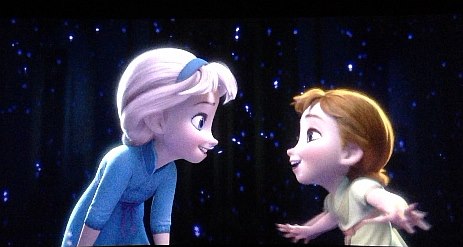
Master Cat! Jose Silerio shows how the Opening and Final Images in this year’s Best Animated Picture Oscar® winner do exactly what they should, contrasting the world at the beginning of the story with the world at the end, and emphasizing the transformation of the film’s heroes. What should these beats achieve to make your story resonate? Listen to Jose and Guy Thompson get to the essence of Frozen.
Podcast: Play in new window | Download
Subscribe: Apple Podcasts | RSS
Jose Silerio
José Silerio, a screenwriter who served as Blake Snyder’s Development Director, has been integral to the success of Blake’s workshops and classes as he worked alongside Blake schooling writers in the Cat! method. “José is my right-hand man when it comes to script consultations.”– Blake Snyder, Save the Cat!® Strikes Back – More Trouble for Writers to Get Into… and Out Of.
3 Comments
Leave a Reply Cancel reply
You must be logged in to post a comment.



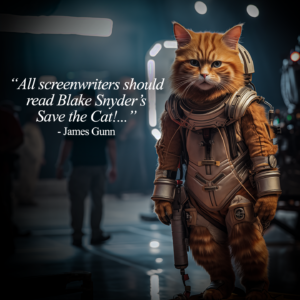
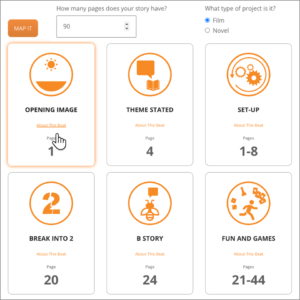
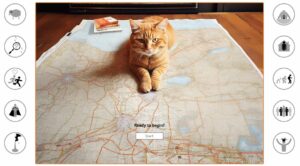
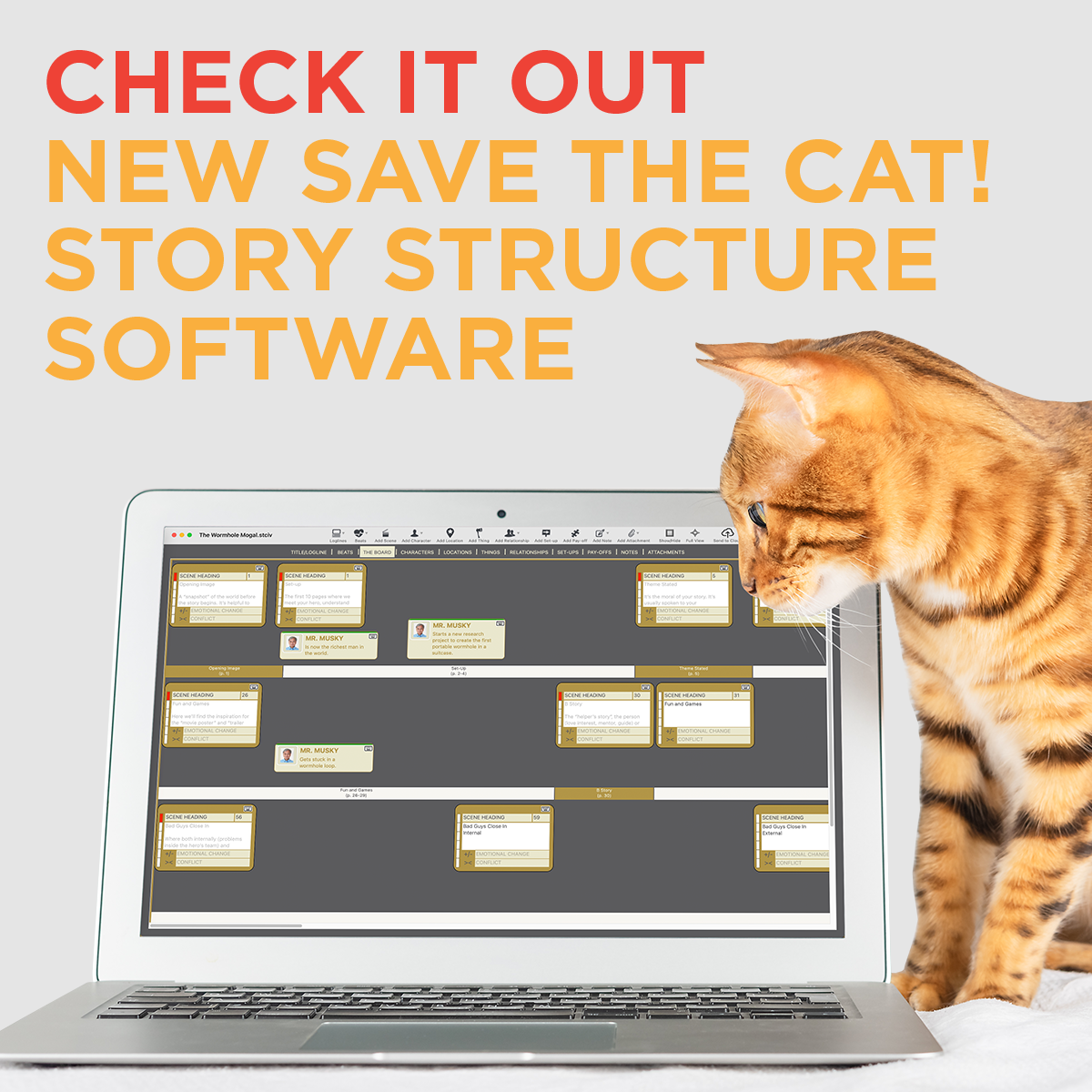



FROZEN
In response to your very interesting, but for me slightly flawed analysis, here is my take (in the true spirit of Blake’s ‘Opening’ and ‘Final Image’ comparison) on Frozen.
OPENING IMAGE: Frozen opens with a shower of snowflakes that shows us the complexity and unique individuality of each snowflake. Subtext: isn’t every human being just as complex, unique and individual? Then we see a group of men (including Kristof) demonstrate their (rather basic) mastery and control over ice, when (as a team) they cut, shape, and remove simple ice blocks from a frozen lake.
FINAL IMAGE: While at the end of the story, through her positive use and newfound understanding of her heart (rather than her head), Elsa has finally learnt to selflessly control and shape snow and ice (i.e. her cold and complex emotions) for good, and for the betterment of all those around her. And in clear contrast to the opening, Elsa demonstrates that ‘her’ control and creative mastery of the ice (complex, unique and individual) is far superior to that of Kristof and the other men.
So deep, deep subtext – is screenwriter and co-director Jennifer Lee saying that an individual woman (having learnt to control and master her complex emotions) has the capability to be far more creative than a group of men? An does this in reality mirror her own experience of becoming a successful Screenwriter / Director in a male dominated Hollywood?
Hello guys, thanks for this insightful review.
@David, I’d have to disagree with your point – although it’s arguable that Elsa could embody a kind of feminine empowerment, imho it doesn’t really match the movie’s meaning.
Elsa has this control over ice from the start: what really changed is her emotions (and thus degree of mastery), it’s the way she discovered she could freely express her feelings and share her love in the open. Consequently, the world has changed into one which could accept her power (read “her love”).
One could find a deeper subtext in Lee’s opening and final images, but aren’t these about stating the changes of the hero and the world, and not those of the writer?
Enjoyed the podcast!